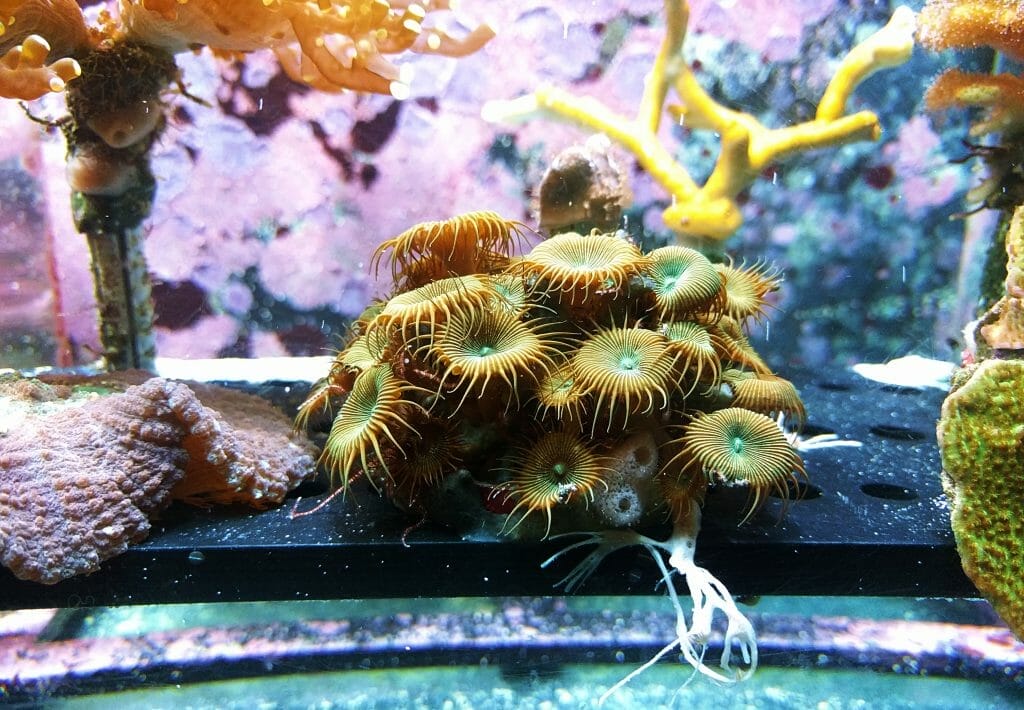How to get started on Aquascaping

Introduction to Aquascaping
Aquascaping is a form of aquatic plant gardening that involves the art of arranging aquatic plants, rocks, and other objects in an aquarium, and it is gaining more popularity in Singapore of late. Aquascaping is popular among hobbyists and professional aquarists because it can add beauty and function to an aquarium while improving the health and stability of the ecosystem. Aquascaping can be as simple or complex as desired, and can be done with or without live plants. There are many different ways to aquascape, and the sky is the limit! Whether you prefer simple landscaping or a more intricate design, there’s a perfect aquascape for you.
Table of Contents
- Introduction to Aquascaping
- No Time to Read? Here’s a Snappy Summary of This Article
- What you need to get started with Aquascaping
- How to create a basic aquascape
- Advanced aquascaping techniques
- Troubleshooting common problems for Aquascaping
- Conclusion
- Frequently Asked Questions (FAQ)
- Have an Article to Suggest?
- Meanwhile, Check Out Tropika Club’s Ecosystem of Websites
No Time to Read? Here’s a Snappy Summary of This Article
- Choose Your Style: Select from lush nature, minimalist iwagumi, or vibrant Dutch styles to suit your taste and skill level.
- Gather Equipment: Invest in essentials like a quality tank, substrate, lighting, filtration, CO2 system, and appropriate plants.
- Plan Your Layout: Sketch out your design, considering foreground, midground, and background elements for depth and balance.
- Add Hardscape: Arrange rocks and driftwood creatively to create focal points and complement your chosen aesthetic.
- Planting Techniques: Master planting techniques like carpeting, grouping, and layering for a stunning, cohesive underwater landscape.
- Maintenance Routine: Establish a regular schedule for trimming, fertilizing, and water changes to keep your aquascape thriving and beautiful.
What you need to get started with Aquascaping
Aquascaping is the art of arranging plants and rocks in an aquarium to create a beautiful and natural looking underwater landscape. It can be a challenging and fun hobby that results in a stunningly designed tank. If you’re interested in getting started with aquascaping, here are some things you’ll need:
–An aquarium. This can be any size, but for beginners I recommend something around 20 gallons.
–Aquatic plants. There are many different types of plants available, so choose what appeals to you.
–Substrate. This is the material that goes on the bottom of the tank and helps anchor the plants. There are many different types available, so choose what appeals to you.
–Rocks and other decorations. These can add interest and depth to your aquascape.

How to create a basic aquascape
Aquascaping is the art of arranging plants and rocks in an aquarium to create a beautiful and natural-looking underwater landscape. There are no set rules for aquascaping, but here are some basic tips to get you started:
1. Start with a clean tank. Wash all of the rocks and plants in hot water to remove any dirt or algae.
2. Decide on the layout of your aquascape. You can either place the rocks randomly or use a specific pattern.
3. Start adding the larger rocks first, then fill in the gaps with smaller rocks and plants.
4. Be careful not to overcrowd the tank – allow plenty of room for the fish to swim around.
5. Use live plants whenever possible as they will help to oxygenate the water and provide a natural habitat for the fish.
Advanced aquascaping techniques
Aquascaping is an ever-growing hobby that allows you to be creative and have a beautiful underwater landscape in your tank. When you are first starting out, it is important to learn the basics of aquascaping. Once you have mastered the basics, you can move on to more advanced techniques. One of the most important things to learn when advancing your aquascaping skills is how to use rocks effectively. Rocks can be used for many different purposes in an aquascape, such as creating caves and adding height to your tank.
When using rocks in your aquascape, it is important to choose the right ones. You don’t want any rocks that will leach chemicals into the water or ones that are too heavy and will crush your substrate. It is also important to make sure the rocks are not sharp and will not harm your fish.
Troubleshooting common problems for Aquascaping
When you are aquascaping, there are a few common problems that can occur. One of the most common is when the rocks don’t fit together well and water starts to leak through the seams. In order to fix this, you can use silicone sealant or aquarium sealant to fill in the gaps and create a watertight seal.
Another common issue is when the rocks start to fall over. This can be due to a number of reasons, such as the weight of the rocks or the current in the tank. To prevent this from happening, it’s important to use a sturdy base for your aquascape and to make sure that all of the rocks are securely in place.
Finally, it’s important to keep an eye on your aquascape for any signs of algae growth.
Read Also:
Top 22 Best Aquariums and Fish Tank Shops in Singapore [2022]
Conclusion
In conclusion, aquascaping is a great way to show off your creativity, while providing a beautiful and calming environment for your fish. It can be a fun and rewarding hobby, and with a little practice, you can create stunning aquascapes that will impress your friends and family. So why not give it a try?

Frequently Asked Questions (FAQ)
Q: What equipment do I need to start aquascaping?
A: You’ll need essentials like a quality tank, substrate, lighting, filtration, and possibly a CO2 system.
Q: How often do I need to maintain my aquascape?
A: Regular maintenance, including trimming, fertilizing, and water changes, is typically done weekly or bi-weekly.
Q: Can I keep fish in an aquascape?
A: Yes, many aquascapes include fish for added interest, but choose species compatible with your plants and tank size.
Q: What are some beginner-friendly plants for aquascaping?
A: Beginner-friendly plants include Java fern, Anubias, and Java moss, which are easy to care for and grow well in most setups.
Q: How can I prevent algae in my aquascape?
A: Maintain proper lighting duration, CO2 levels, and nutrient balance to discourage algae growth. Additionally, regular maintenance helps control algae.
Q: Where can I find inspiration for aquascaping designs?
A: Check out online communities, forums, and aquascaping contests for inspiration, or visit local aquarium stores and exhibitions.

Have an Article to Suggest?
Tropika Club is always looking for new and exciting content to feature in their magazine and they value the input of our readers. If you have any noteworthy content or articles that you believe would be a great addition to Tropika Club’s magazine, we are open to suggestions and encourage you to reach out to us via email at [email protected]. By doing so, Tropika Club values your expertise and knowledge in the matter and appreciates your willingness to help. We will review your recommendations and update our list accordingly
Meanwhile, Check Out Tropika Club’s Ecosystem of Websites
Tropika Club Magazine – Tropika Club Magazine is a Singapore-based publication that features articles on a wide range of topics with a focus on local businesses and content for the region. The magazine emphasizes supporting local businesses through its #SupportLocal initiative, which includes coverage of everything from neighborhood hawker stalls to aesthetic clinics in town. In addition to highlighting local businesses, Tropika Club Magazine also covers a variety of local content, including beauty, lifestyle, places, eats, and what’s on in Singapore and the Asia Pacific region.




![Top 10 Best Anti-Ageing Products in Singapore [2023 Edition] Slide](https://ejqczs4xhji.exactdn.com/wp-content/plugins/revslider/sr6/assets/assets/dummy.png)